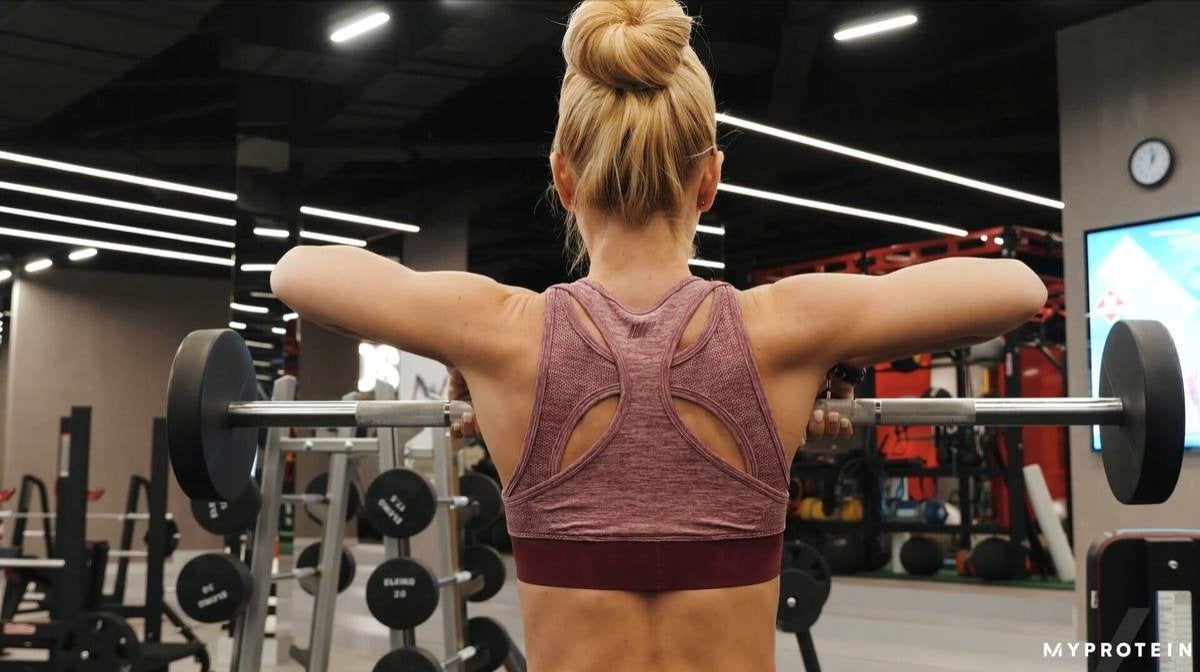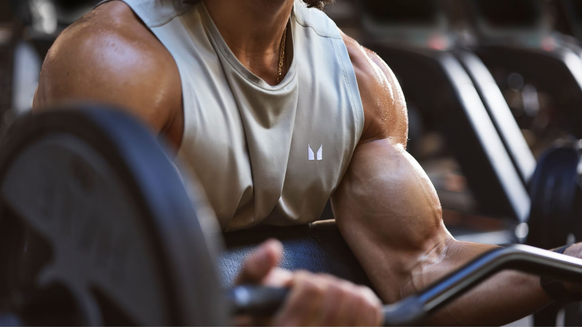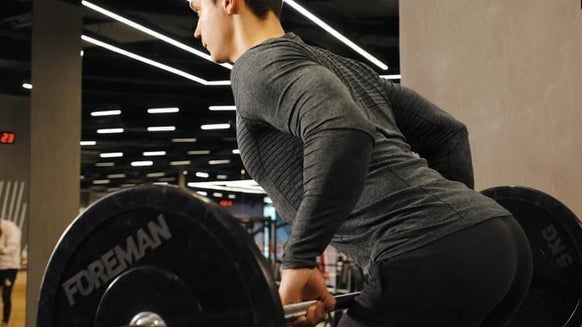
With so much criticism around upright rows, it’s no surprise that many believe this exercise should be removed from your workouts . Upright rows are highly disputed in the fitness community, as some argue that they facilitate and exacerbate shoulder injuries, while others claim that they are ideal for hypertrophic adaptations for your upper body.
This article will help you to decide whether upright rows are a good exercise for you to use in your own personal programming.
What is the upright row?
The upright row is an upper body exercise that is typically used as an accessory exercise when training for hypertrophy of the deltoids. The exercise involves holding a weight with your arms relaxed, then ‘rowing’ the load upwards, moving your elbows vertically until they are adjacent to your shoulders. The exercise can be performed with dumbbells, kettlebells, cable machine attachments, or most commonly, a barbell.
Why is it regarded as bad for you?
The shoulder is highly complex, consisting of 4 bony joints; the glenohumeral joint, the acromioclavicular joint, the scapulothoracic joint, the sternoclavicular joint. Of course, this means that there the muscular system supporting the shoulder is equally highly complex and susceptible to injury.
The concern with the upright row is that it ‘closes’ or reduces the distance of the acromioclavicular joint – where the tendon of the supraspinatus muscle passes. Reduction of this joint space (as is associated with the upright barbell row) can result in a ‘pinching’ of this tendon, resulting in pain, irritation and inflammation.
Can you safely perform an upright row?
Healthy shoulders are all susceptible to shoulder impingement issues, particularly when repetitive movements where the shoulder is compressed are involved (such as overhead loading and sports that involve throwing). This suggests that the frequency, intensity and how repetitive the nature of an exercise is would be the factor that determines this type of shoulder injury, and thus the upright row should be regarded as safe when it is performed correctly and in moderation.
Furthermore, academic research suggests that the upright row is moderately good at eliciting activation of the anterior, lateral and posterior deltoid muscles, and so it should be considered an effective exercise for muscle growth when performed safely and correctly. This does, however, mean that if you struggle with the upright row, then you have plenty of other options to stimulate your deltoids to grow!
So rather than ditching them from your workouts, upright rows are one move you really want to master.
The right way to upright row
Make sure your hands aren’t too close together
Placing your hands too close together can increase the amount of ulnar deviation (how much your wrist must bend to the side). This can result in injury at the wrist, and it can be easily avoided by simply moving your grip width to be slightly wider so that it is more comfortable for you as you lift.
Don’t pull the bar too high
Pulling the bar too high can result in increased compression of the acromioclavicular joint, and thus can increase the likelihood of an impingement injury at the shoulder. Avoid this by only lifting your elbows to around shoulder height.
Brace your core
As with any lift, maintaining a strong and stable core throughout the lift will aid with bracing and thus protect the spine. When it comes to upright rows, this will also help to reduce or prevent swinging the weight away from your centre of mass (although you shouldn’t feel like this is necessary if you select an appropriate load to train with!).
Take Home Message
The upright row can be a useful tool to stimulate muscle growth, but as with any exercise, strict adherence to proper technique will often reduce the likelihood of injury as a result of this exercise. Remember, if you do not feel comfortable with this exercise due to previous shoulder injury or anything else, there are always alternative options that will aid in hypertrophy for your upper body too!








